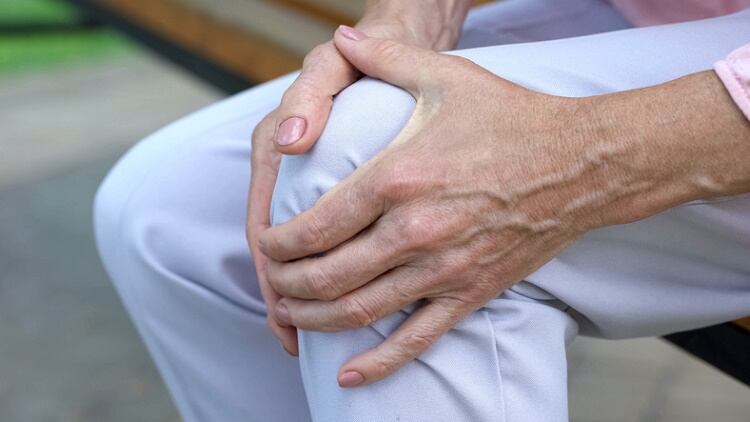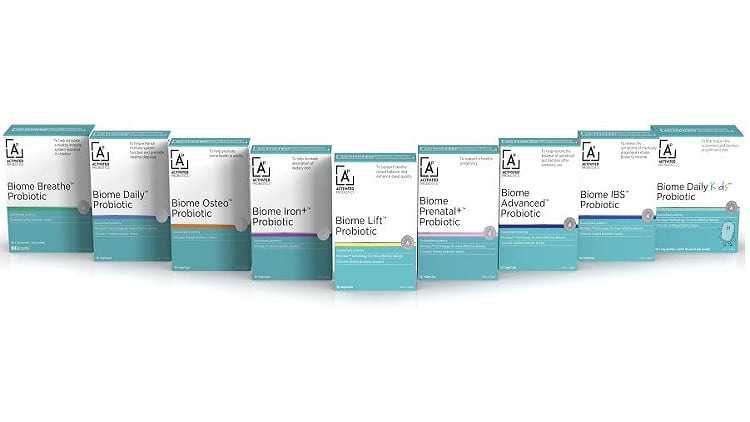Conducted by researchers from Central South University in Hunan China and University of Nottingham in UK, findings of the cross-sectional study were published in the BMC Musculoskeletal Disorders last month.
This is said to be the first study that analyses the direct link between dietary selenium intake and osteoporosis.
A total of 6,267 study subjects were selected from those who received health screening at Xiangya Hospital between October 2013 and December 2015.
Out of which, 602 suffered from osteoporosis.
All subjects had to required to answer a semi-quantitative food frequency questionnaire (SFFQ), where 63 food items – all main sources of dietary selenium – were listed.
Their bone mineral density (BMD) were also assessed by a compact radiographic absorptiometry (RA) system.
The analysis showed that osteoporosis patients had a lower dietary selenium and calcium intake as compared to non-sufferers.
Taking into account the effects of potential confounders, the researchers made an adjustment for age, gender, and BMI, and similar observations were made.
“In the middle-aged and elderly humans, participants with lower levels of dietary Se intake have a higher prevalence of OP in a dose-response manner,” the researchers concluded.
Citing earlier research, the researchers pointed out that the lack of selenium could increase the level of thyroid hormones in the blood, in turn, accelerate bone loss and leading to osteoporosis.
They also said the findings could be generalised to the European population since the dietary intake of selenium in the study (43.5 μg/day) is similar to that of the Europeans (40 μg/day).
Limitations
While a correlation was detected, the researchers said that the study did not manage to find out the causal relationship between dietary selenium intake and the prevalence of osteoporosis.
Another limitation was related to the method of how BMD was measured.
In this case, the BMD was detected at the phalanges with a compact digital RA system, as the gold standard – using of dual-energy X-ray absorptiometry – is a costly method.
Source: BMC Musculoskeletal Disorders
Association between dietary selenium intake and the prevalence of osteoporosis: a cross-sectional study
DOI: 10.1186/s12891-019-2958-5
Authors: Yilun Wang, et al




